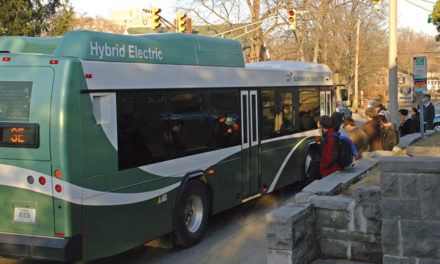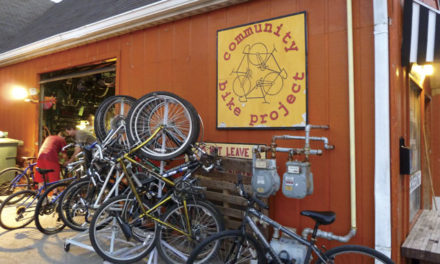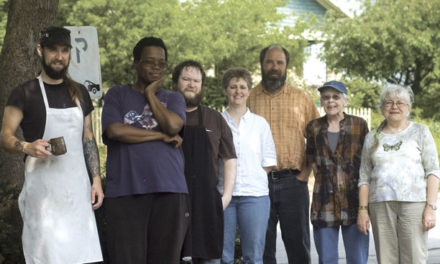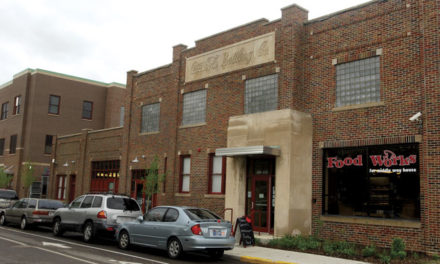BY KELLY KENDALL
Arrest, release, arrest, release, arrest, release.
That’s the pattern that the Bloomington Police Department (BPD) had fallen into when responding to calls about the city’s homeless population.
“We kept dealing with the same people day after day,” says Police Chief Mike Diekhoff. “What we’d been doing wasn’t working. The downtown businesses were not happy, and visitors to downtown were complaining.”
The new BPD Downtown Outreach Program was launched last year to address the problems of the homeless. Six police officers volunteered to act as resource officers on top of their normal duties. Whoever is on shift each afternoon meets with a Shalom Community Center street outreach worker to discuss that day’s activity, concerns, and potential problems.
Officers work to build trust with the faces that become familiar to them — research shows it takes about 75 positive interactions before a relationship is solid enough for a person without a home to accept help, says Lisa Abbott, director of the city’s Housing and Neighborhood Development department. Officers then steer people toward Shalom Center social workers for medical, housing, mental-health assistance, and more.
The program has already demonstrated positive results. Calls to the police department regarding homeless people are down 48.7 percent and arrests are down 55.2 percent. “You could just say, ‘Don’t arrest people,’ but the fact that we had a reduction in both complaints and arrests means that the relationships we’re building are helping deal with some of the (negative) behavior,” says Abbott.
“We’ve had a couple of instances where we were able to get people reconnected with their families, even from out of state,” says Diekhoff. “We’ve also had officers vouch for people applying for jobs. We bought a cell phone for the officers to carry so if they encounter someone who needs to use the phone, they could let them use it — that’s been a real trust builder.”
Shalom Community Center, IU Health Bloomington Hospital, and Centerstone have been key partners in the program, says Abbott. “It’s all about working together to try to break the cycle.”










